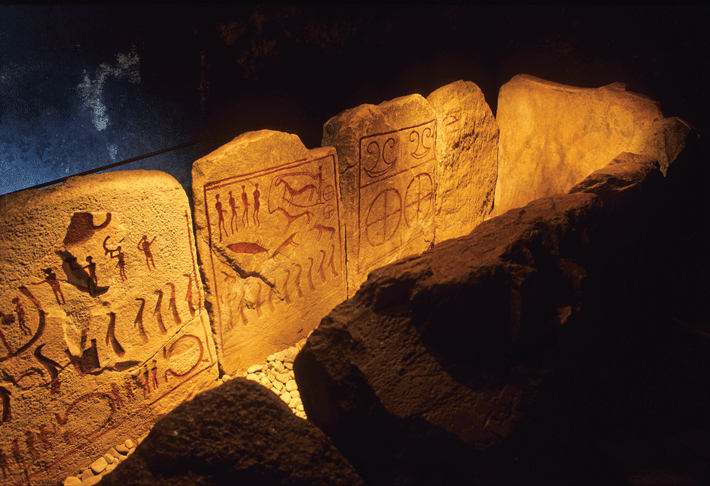Angela
Elite member
- Messages
- 21,823
- Reaction score
- 12,328
- Points
- 113
- Ethnic group
- Italian
I guess they never heard that the dog is man's best friend. Yuck.
This is sort of what they showed in "The 300" isn't it? I don't remember the animal in that. Was it a wolf?
See:
http://www.archaeology.org/news/5795-170808-bronze-age-wolf-rituals
"KRASNOSAMARSKOE, RUSSIA—Science Newsreports that researchers believe they have discovered evidence for Indo-European initiation rituals that took place between 1900 and 1700 B.C. on the Russian steppe. Hartwick College archaeologists David Anthony and Dorcas Brown led excavations at the Bronze Age Krasnosamarskoe site and discovered more than 2,000 dog bones and several wolf bones. Analysis of the animals' teeth showed that they were all likely killed during winter. Several ancient Indo-European cultures were known to practice wintertime coming-of-age rituals that linked young warriors with dogs or wolves. In some of these cultures, teenagers could join a warband only after killing a canid and either eating it or wearing its skin. Anthony and Brown believe the finds at Krasnosamarskoe show this practice is at least 4,000 years old. "
Yes, that's a really good thing...teen-agers in a war band.
This is sort of what they showed in "The 300" isn't it? I don't remember the animal in that. Was it a wolf?
See:
http://www.archaeology.org/news/5795-170808-bronze-age-wolf-rituals
"KRASNOSAMARSKOE, RUSSIA—Science Newsreports that researchers believe they have discovered evidence for Indo-European initiation rituals that took place between 1900 and 1700 B.C. on the Russian steppe. Hartwick College archaeologists David Anthony and Dorcas Brown led excavations at the Bronze Age Krasnosamarskoe site and discovered more than 2,000 dog bones and several wolf bones. Analysis of the animals' teeth showed that they were all likely killed during winter. Several ancient Indo-European cultures were known to practice wintertime coming-of-age rituals that linked young warriors with dogs or wolves. In some of these cultures, teenagers could join a warband only after killing a canid and either eating it or wearing its skin. Anthony and Brown believe the finds at Krasnosamarskoe show this practice is at least 4,000 years old. "
Yes, that's a really good thing...teen-agers in a war band.


